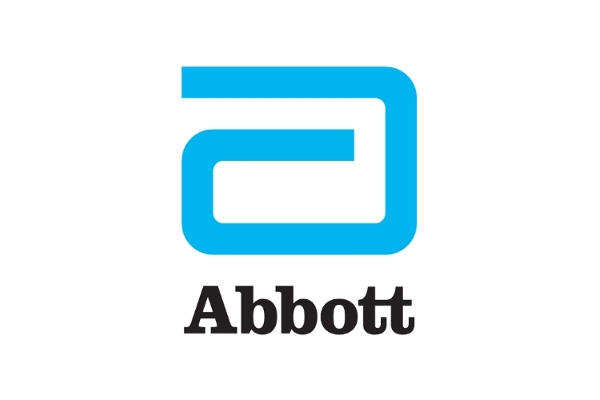Yesterday FDA granted approval of Abbott Vascular’s Absorb GT1 Bioresorbable Vascular Scaffold System (BVS). The first fully absorbable stent to treat coronary artery disease, the system releases everolimus to limit scar tissue growth and is absorbed by the body in about three years. It is made from poly(lactide), a biodegradable polymer that is used in products such as sutures. After it is completely absorbed, four small platinum markers remain in the artery walls to help the physician identify where the scaffold was originally placed.
“The Absorb bioresorbable scaffold represents a major advance in the treatment of coronary artery disease,” said Gregg W. Stone, M.D., FACC, FSCAI, director, cardiovascular research and education, Center for Interventional Vascular Therapy, Columbia University Medical Center, New York-Presbyterian Hospital and the chairman of the ABSORB clinical trial program in a press release. “This novel technology appeals to both physicians and patients alike because after treating the underlying blockage it is completely absorbed, leaving nothing behind. No metal means the treated artery can pulse and flex naturally as demands on the heart change with everyday activities. No metal may also reduce the potential of future blockages that occur with permanent metallic stents, and allows easier access to other treatment options should they prove necessary in the patient’s future.”
FDA evaluated data from a randomized trial of nearly 2000 patients and compared the rate of major adverse cardiac events between the GT1 BVS and a drug-eluting metallic stent. After a year, the BVS group had a 7.8% major cardiac adverse event rate, while the control group had a 6.1% adverse event rate (considered “clinically comparable”). In addition, after one year, the rate of blood clots that formed in the devices were 1.54% for the BVS and 0.74% for the control group.






